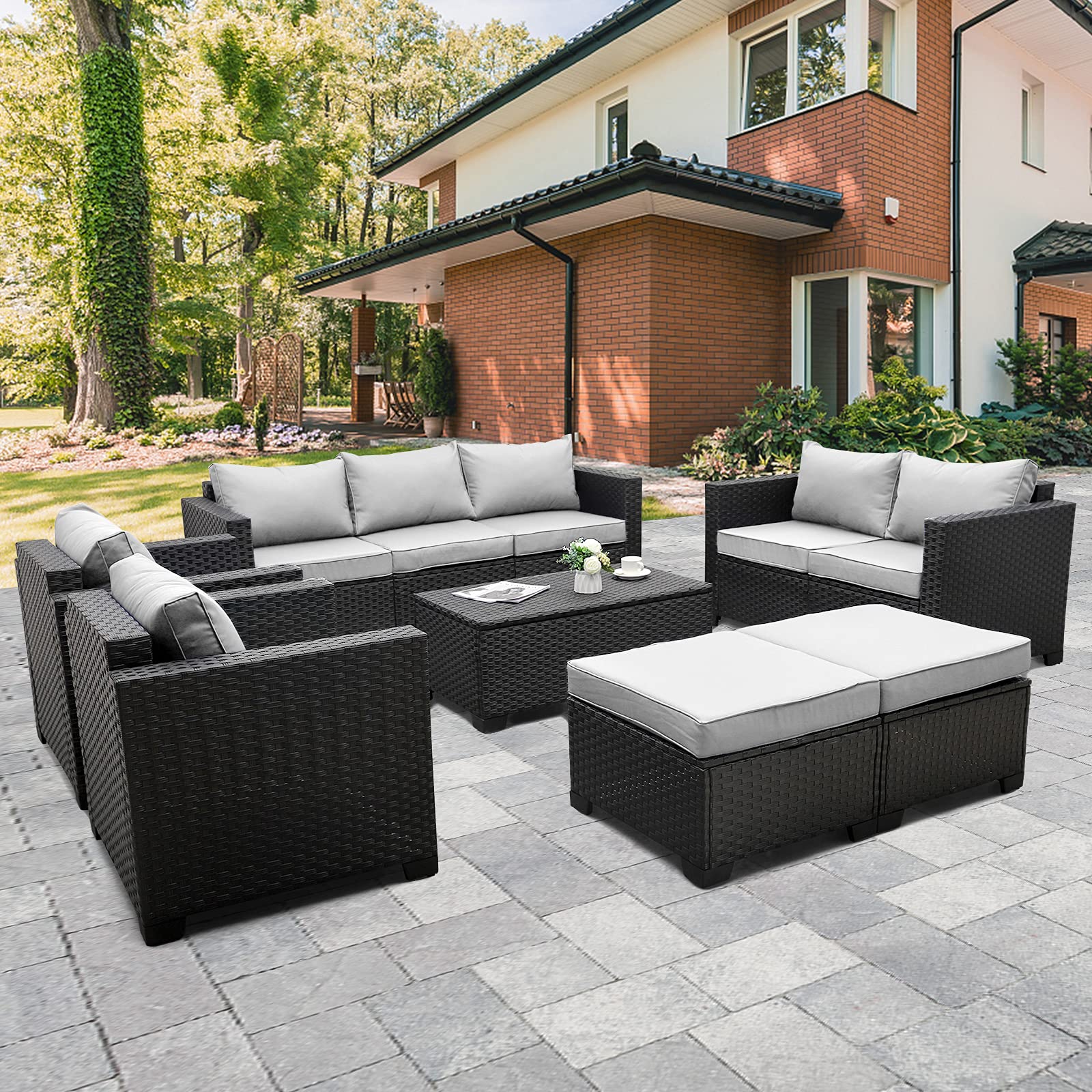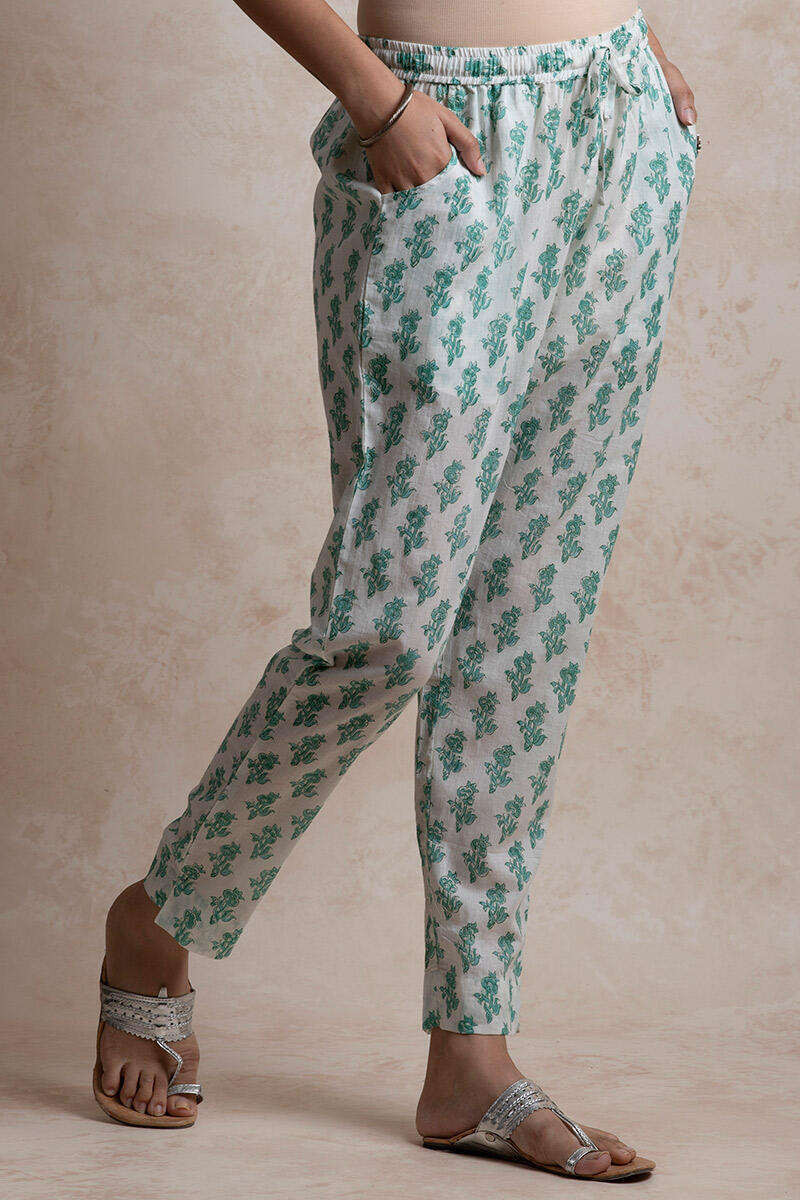
However, few pieces can have both functionality and style as well as an aesthetically designed outdoor lounge. Families are gathered. Friends unwind. The mornings begin with tea on their porches. In the evening, they enjoy peaceful views of the sunset.
Decks, patios, and balconies offer these basic pleasures, but here’s the problem: furniture in outdoor spaces is exposed to the elements all year long, including bright UV rays to dust, fungi, and continual usage.
Table of Contents
Protect and Re-Seal Wooden Frames
If the outdoor furniture is constructed from a wood frame, like teak, eucalyptus, or Acacia, it’s going to require special attention. Wood expands and shrinks depending on temperature changes. In the end, this could result in cracking, splintering, or even warping.
First, clean the wood and let it dry completely before applying the sealant or protective oil. Allow it to absorb and then clean any excess. It will be set for 24 hours. It’s a small effort to keep the wooden sofa frames looking smooth or rich (or either) for many years in the future.
Begin With Seasonal Cleaning
Before you even think about sprays or covers, the foundation of sound maintenance is a regular bi-weekly clean. Sofas collect dust, pollen leaves, and occasionally excrement from birds. If this buildup isn’t addressed, frames and fabrics are more susceptible to deterioration than most homeowners think.
Wash using mild detergent and hot water, and use a soft, clean brush. Dust wicker, wooden, or metal frames using an incredibly soft and damp cloth. For cushions, make sure to check the care label prior to washing. Some cushions can be machine-washable, whereas others require hand washing.
Buy Good Quality Covers for Weather Protection
Sun, snow, and rain can all be a burden on outdoor furniture. A simple, scientifically-based solution is to cover it with weatherproof covers. When you buy “UV-resistant, waterproof covers, ” you can safeguard against color fade and water damage more effectively than leaving it exposed to the elements.
Look for covers that can encase furniture pieces without any visible space. Bonus points if the fabric is breathable (mildew and moisture won’t accumulate under the cover). Make sure to tie them securely.
Make sure your sofa is covered even when you’re not using it, particularly in winter or when it’s raining. This simple action can go a long way in reducing the frequency and time required to wash your furniture.
Keep Fabric Cushions Fresh and Mold-Free
Fabric cushions are a great way to provide aesthetics and comfort, but they also attract moisture, dirt, and mildew if left unchecked. The tank must be aired out frequently, and ideally after the rain, or during wetter seasons.
Create a solution using equal proportions of white vinegar with water to use for spot-cleaning. This natural remedy is ideal for almost all outdoor fabrics, making it a great solution to fight staining and mold without harsh chemicals.
Check and Maintain Metal Components
Steel, aluminum, or wrought-iron frames are among the most popular choices for outdoor furniture. Though strong, steel can also rust if not protected.
Begin by conducting a visual inspection every couple of weeks. If you spot rusty spots, clean them up with wire brushes or other fine sandpaper. Retain one-half of the onions in a palatable condition. Cut the onion with a rust-proof sealer or paint to avoid spreading.
Regularly checking for rust and making touches can extend the life of furniture made of metal by a few years. Be sure not to leave your frames in puddles or on grass that is wet grass. This causes corrosion to occur more quickly than just rain.
Plan for Off-Season Storage
If you live in extremely cold areas of monsoon or winter storage facilities may be required. Moving your sofa in the living room to a garage or basement could be the most effective method to keep it safe from the elements during the off-season.
Before storing, make sure to clean all surfaces thoroughly before storing. If water gets underneath the dirt or dust, the item could turn into mold when stored. Place cushions in a dry, cool location. Set the frames on top and allow them to rest covered; however, they should not be sealed to allow them to breathe.
Closing Thoughts
Maintaining your outdoor furniture in good condition for all seasons isn’t about expensive tools or complicated steps. It’s about developing small, healthy habits like regular cleaning by using covers, keeping items with care, and examining for small issues prior to them becoming major ones.
A bit of care once a month can lead to years of enjoyment from the space that you use for your living. If you’re enjoying your morning coffee during a cold winter day and hosting an outdoor barbecue during the summer, it’s good to know that your outdoor space is maintained.








